
After Madame Curie (1903), Maria Goeppert-Mayer (1963), Donna Strickland (2018), Andrea Ghez (2020), now Anne L'Huillier has become the fifth woman to win a Nobel Prize in physics (2023). She shared the prize with Pierre Agostini and Ferenc Krausz.
According to the official Nobel Prize website, the three scientists are "being recognized for their experiments, which have given humanity new tools for exploring the world of electrons inside atoms and molecules".
Anne L'Huillier is a French-Swedish physicist who leads an attosecond physics group at Lund University which studies the movements of electrons in real time using extremely short pulses of light.
What is attosecond?
An attosecond is one quintillionth of a second or 1 attosecond equals 0.000000000000000001 second - an unimaginably short amount of time.
This year's laureates’ experiments have produced pulses of light so short that they are measured in attoseconds. These pulses can be used to capture pictures of atoms and molecules.
In simple words, the three scientists have created a very high-shutter-speed camera. If a normal camera is used to film a racing car, the picture will be blurry. But high shutter speed camera can "freeze" motion and capture a good image.
Why is this important?
Eva Olsson, chair of the Nobel Committee for physics has said: “We can now open the door to the world of electrons. Attosecond physics gives us the opportunity to understand mechanisms that are governed by electrons."
This technology will also help in inventing slick and more efficient electronic gadgets. Another possible application is to study molecular level changes in the blood that lead to diseases.
About Anne L'Huillier
Anne was born 1958 in Paris, France. She got her Masters degree in mathematics but switched to experimental physics for her PhD. Anne completed her doctorate in 1986 from Pierre and Marie Curie University. In 1994 she moved to Sweden and joined Lund University.






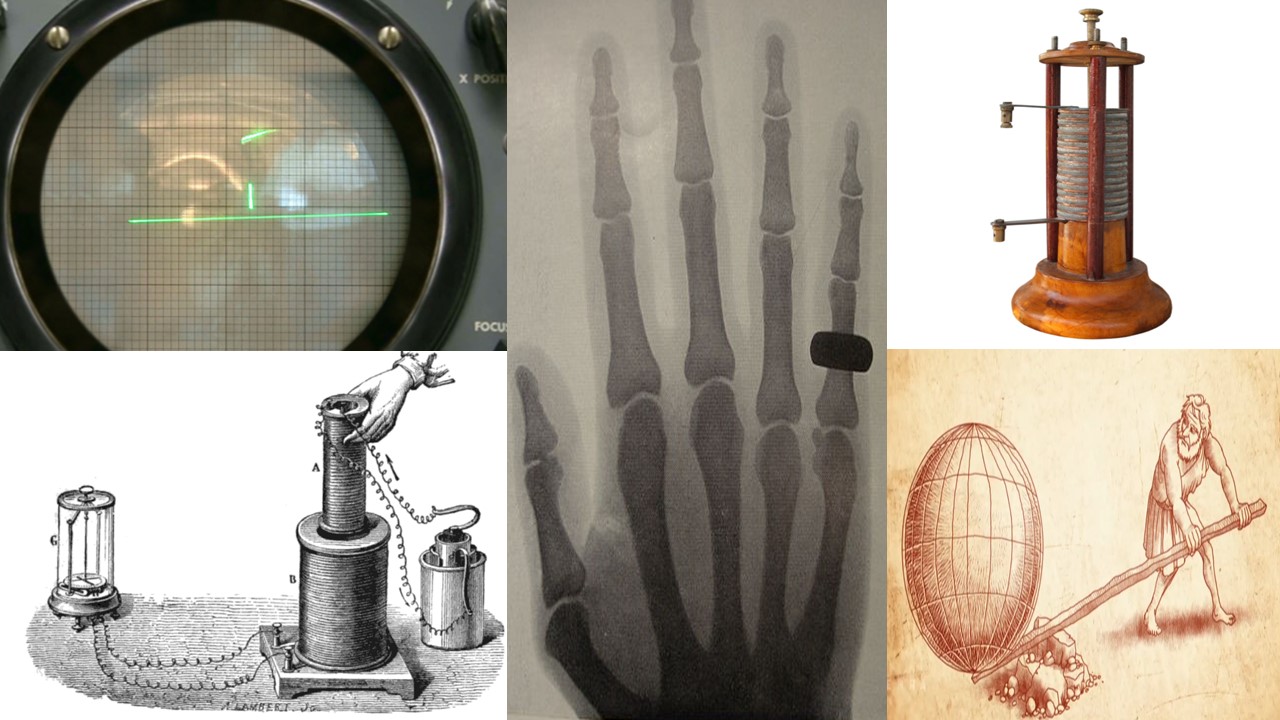



-01.jpeg)
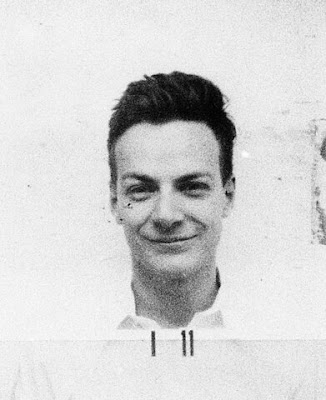



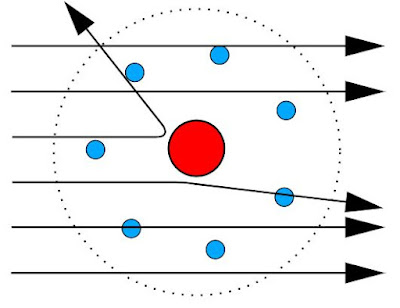
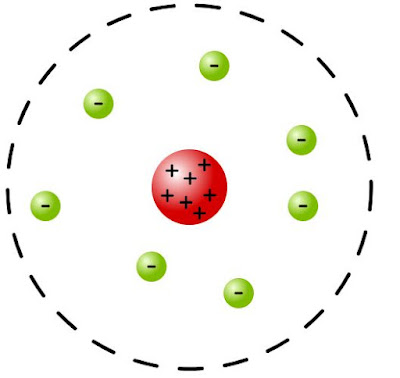

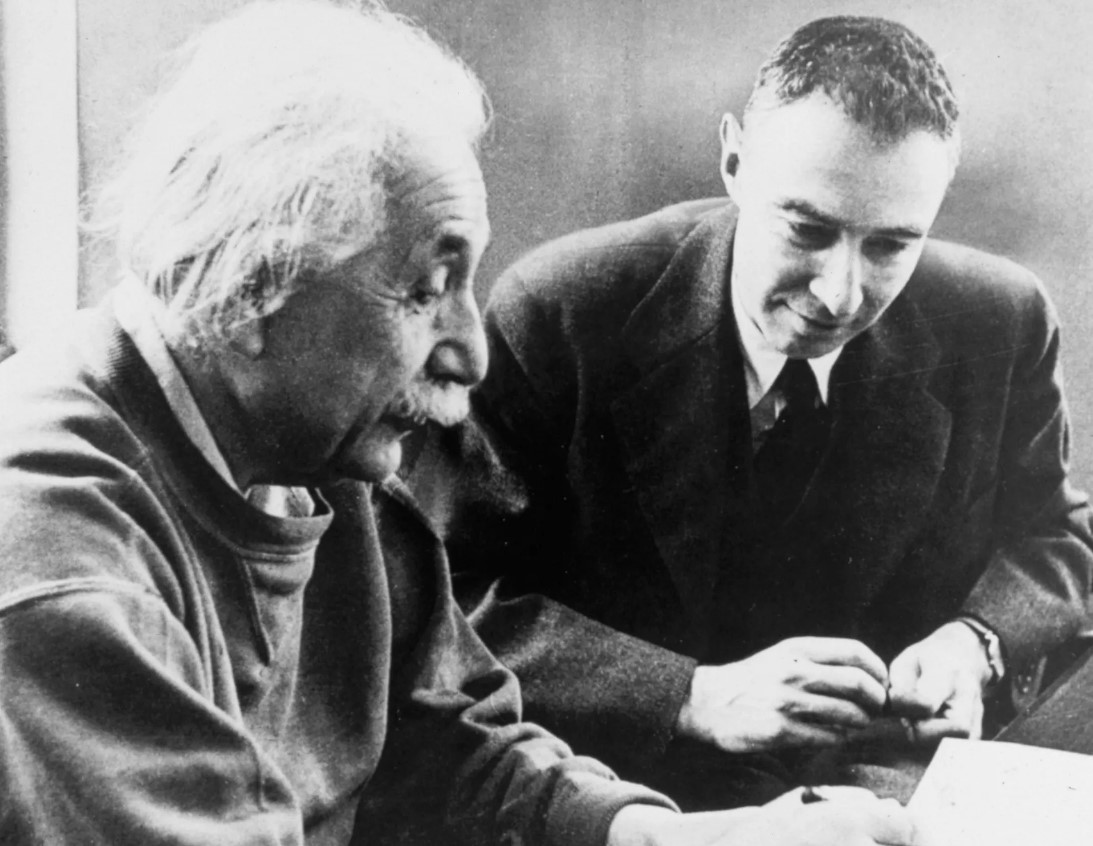
 Physics, astronomy and science history blog for students
Physics, astronomy and science history blog for students